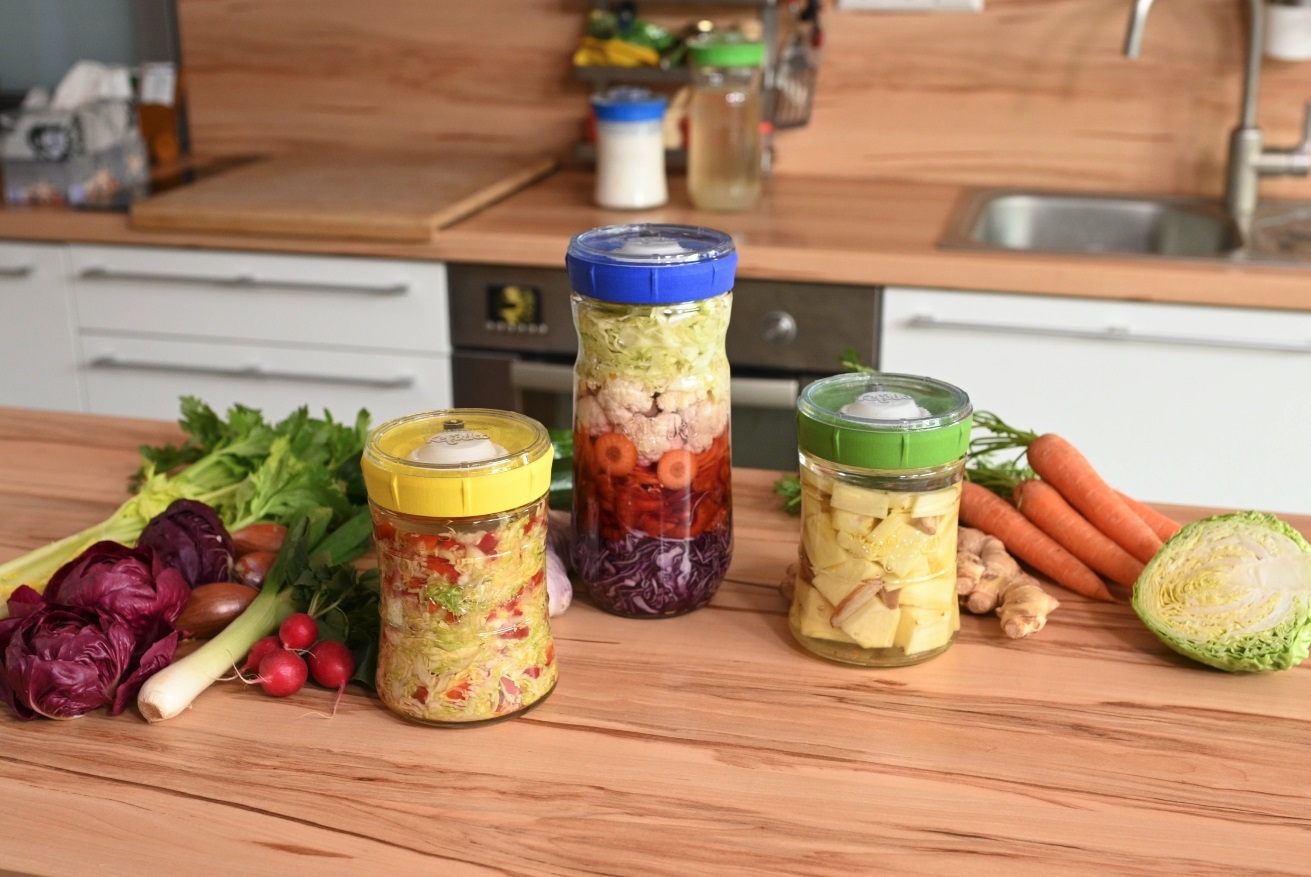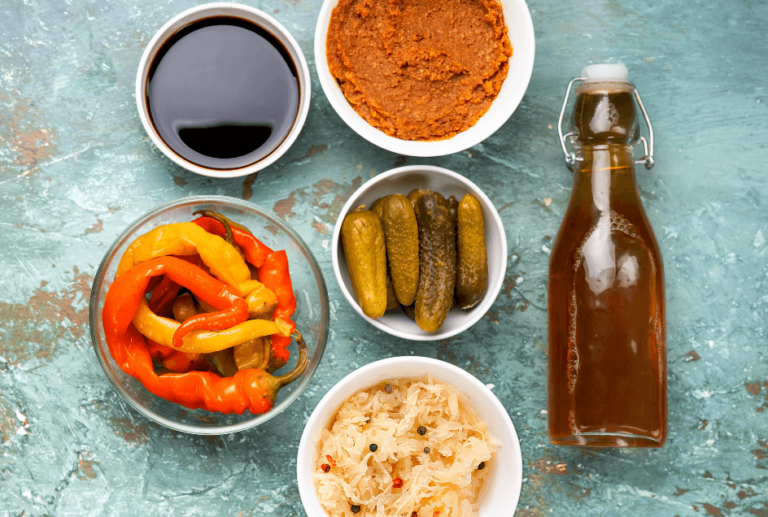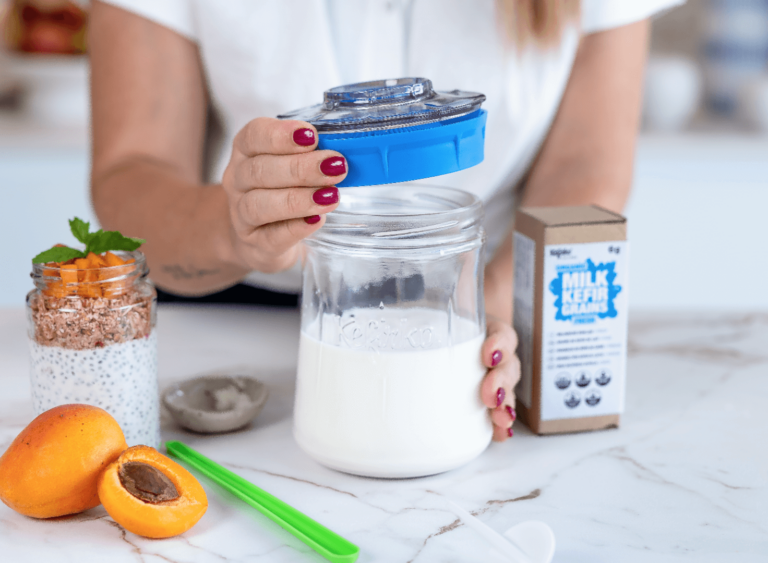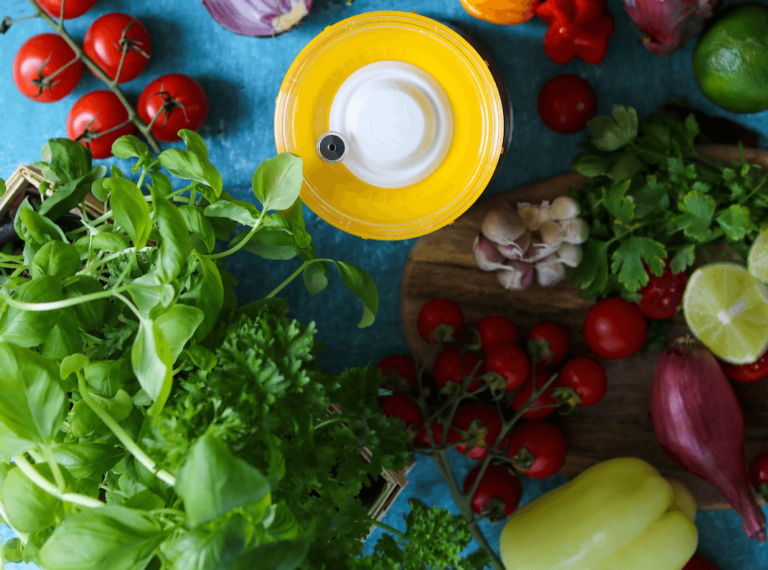Sustainable Eating Starts at Home: The Role of Fermentation in Eco-Friendly Living

In recent years, there has been a growing awareness of the environmental impact of our food choices. One often overlooked but highly effective practice in sustainable eating is fermentation. Fermentation not only offers numerous health benefits but also plays a significant role in promoting eco-friendly living right from the comfort of your kitchen.
The Eco-Friendly Benefits of Fermentation

Reduction of Food Waste
Fermentation is an excellent way to extend the shelf life of perishable foods. By fermenting fruits, vegetables, and dairy products, you can prevent them from spoiling and reduce the amount of food that ends up in landfills.
Preservation of Seasonal Produce
Fermentation allows you to enjoy seasonal produce throughout the year. By fermenting surplus fruits and vegetables when they are in abundance, you can preserve their freshness and nutritional content for later consumption.
Minimal Energy Consumption
Unlike traditional food preservation methods such as canning or freezing, fermentation requires minimal energy inputs. All you need is basic equipment like fermenting jar (https://uk.kefirko.com/fermenting-vegetables-fruits/), salt, and water, making it an energy-efficient way to preserve food.
Reduction of Packaging Waste
Fermenting food at home reduces the need for store-bought, packaged products. Instead of buying fermented foods in plastic containers, you can make your own using reusable glass jars, thereby reducing packaging waste.
Don’t miss out on the new content about fermenting!
Subscribe to Kefirko newsletter
Incorporating Fermentation into Your Eco-Friendly Lifestyle

Start Small
Begin by experimenting with simple fermentation recipes such as sauerkraut, kimchi, or kefir. As you gain confidence, you can explore more complex fermentations like sourdough bread or kombucha.
Source Locally
Whenever possible, use locally sourced, organic ingredients for your fermentation projects. Supporting local farmers not only reduces your carbon footprint but also ensures the freshness and quality of your ingredients.
Zero Waste
Utilize food that would typically be discarded in innovative ways by fermenting the stems and peels of various fruits and vegetables. Instead of throwing them away, consider preparing them for culinary use. With creativity, these often overlooked parts can be transformed into delicious and nutritious additions to your meals.
Ideas on how to use leftovers with fermentation
Citrus Peel Vinegar:
Ingredients: Citrus peels (lemon, orange, grapefruit), water, sugar.
Instructions: Place citrus peels in a jar, cover with water, and add a spoonful of sugar. Stir well and cover with a cloth. Let it ferment at room temperature for 1-2 weeks, stirring occasionally. Strain out the peels, and you’ll have citrus peel vinegar ready to use in dressings, marinades, or cleaning solutions.

Vegetable Peel Pickles:
Ingredients: Assorted vegetable peels (carrot, potato, cucumber), water, salt, spices (optional).
Instructions: Wash vegetable peels thoroughly and pack them into a jar. Dissolve salt in the water to make a brine, pour it over the peels, and add spices if desired. Ensure the peels are fully submerged. Let it ferment at room temperature for 1-2 weeks, then transfer to the refrigerator. Enjoy these pickles as a tangy snack or as a topping for salads and sandwiches.

Herb Stem Kimchi:
Ingredients: Herb stems (cilantro, parsley, dill), garlic, ginger, Korean chili flakes, salt, water.
Instructions: Chop herb stems into small pieces and place them in a jar. Add minced garlic, grated ginger, Korean chili flakes, and salt. Pour water over the mixture to cover the stems completely. Let it ferment at room temperature for 2-3 days, then store it in the refrigerator. Use this herb stem kimchi as a flavorful condiment or to add zest to rice dishes and soups.

By fermenting foods at home, you can reduce food waste, support local agriculture, and promote biodiversity—all while enjoying delicious, nutrient-rich meals. Together, let’s use the power of fermentation to create a healthier, more sustainable future for ourselves and the planet.






The development of privacy-focused browsers and extensions has been a game-changer for everyday internet users. It’s empowering to have tools that help protect our online privacy without requiring deep technical expertise. This democratization of security tools is exactly what we need in today’s digital age.
The emphasis on multi-factor authentication has truly transformed how I think about online security. It’s amazing how such a simple additional step can create such a strong defense against unauthorized access. I’ve implemented it across all my accounts and feel much more confident about my digital safety.
The emphasis on multi-factor authentication has truly transformed how I think about online security. It’s amazing how such a simple additional step can create such a strong defense against unauthorized access. I’ve implemented it across all my accounts and feel much more confident about my digital safety.
The recent developments in renewable energy tech are truly inspiring. Seeing solar panels become more efficient and affordable shows how innovation can help address climate change while creating new economic opportunities. It’s wonderful to see technology and environmental stewardship working hand in hand.